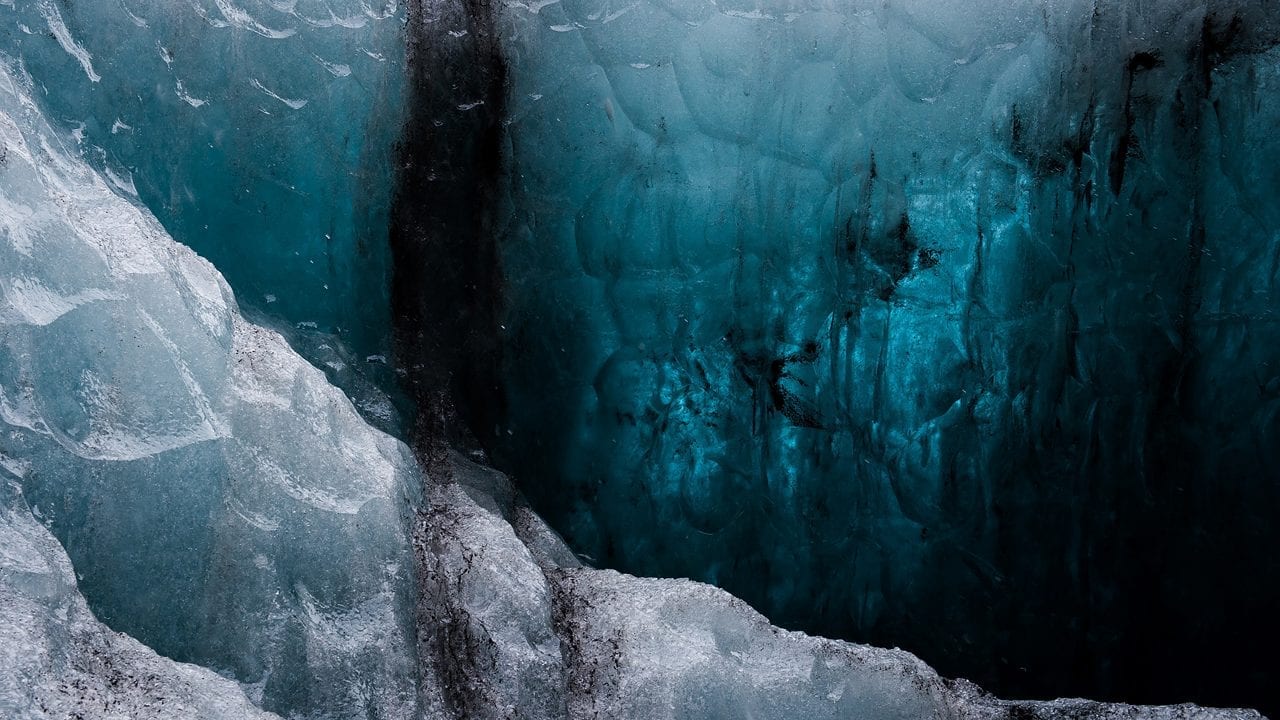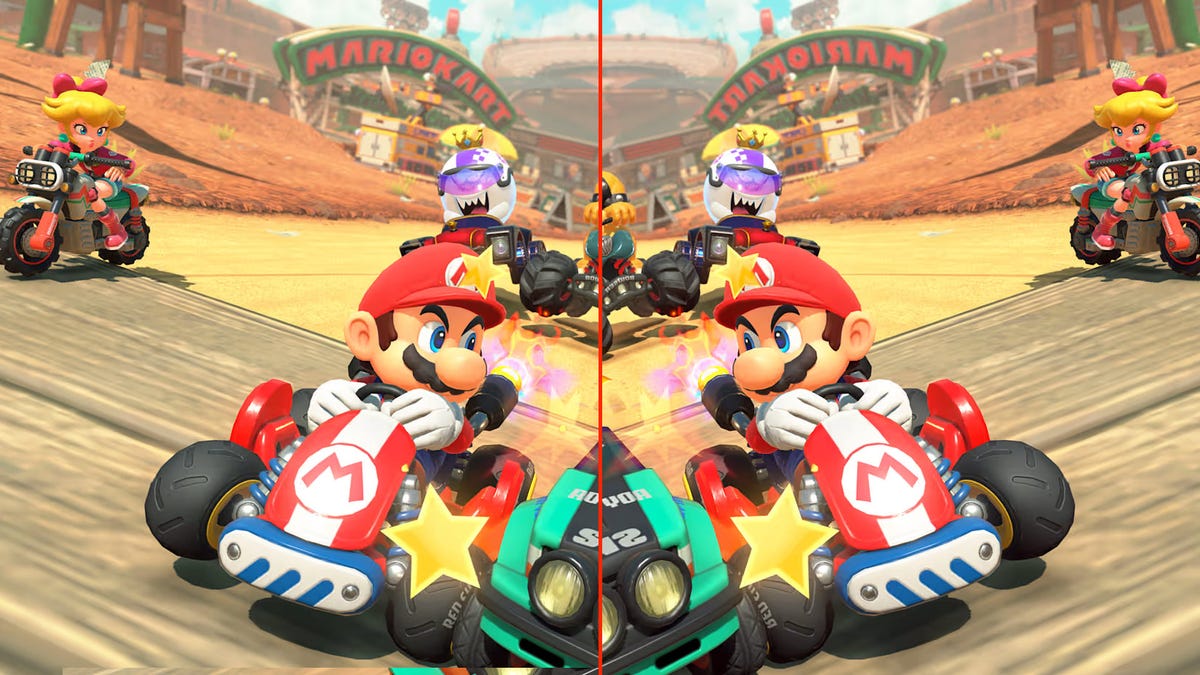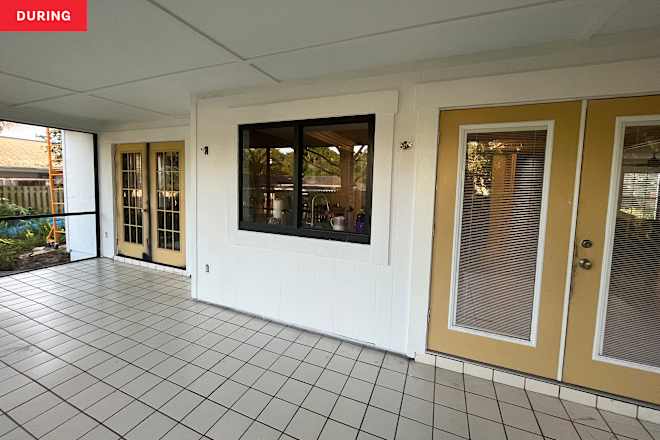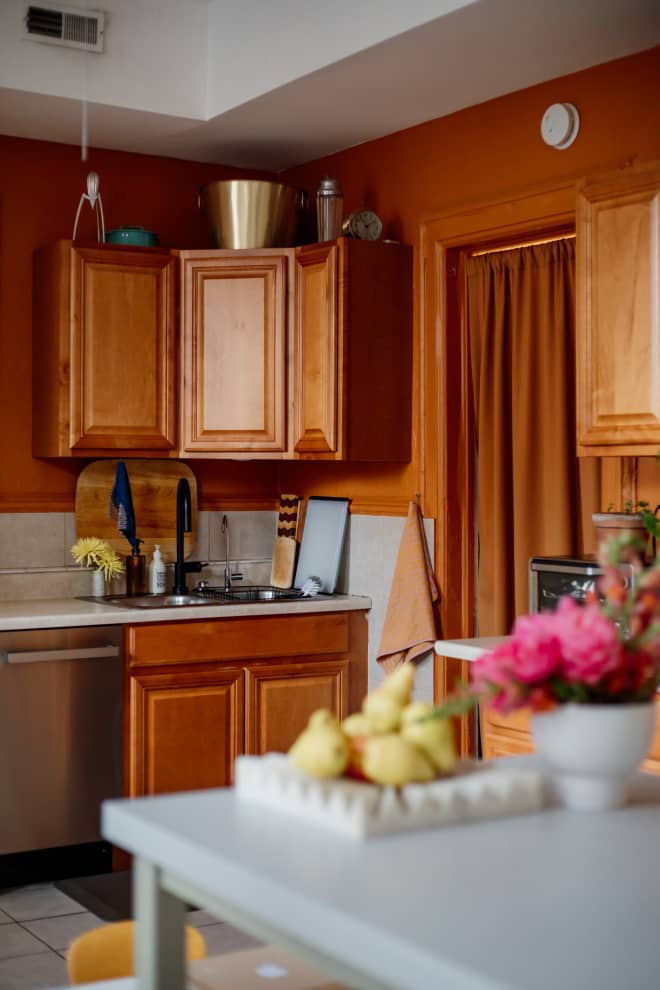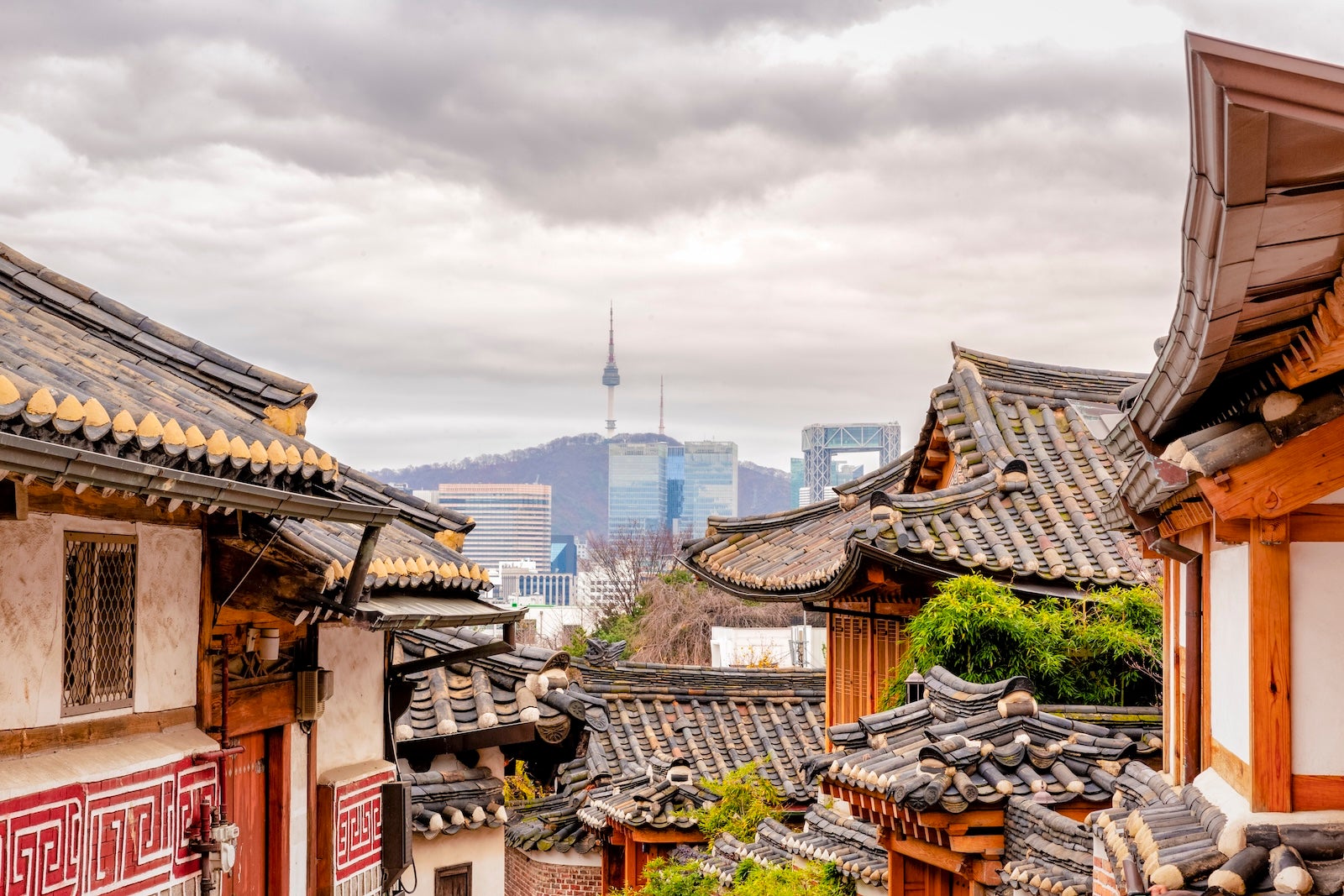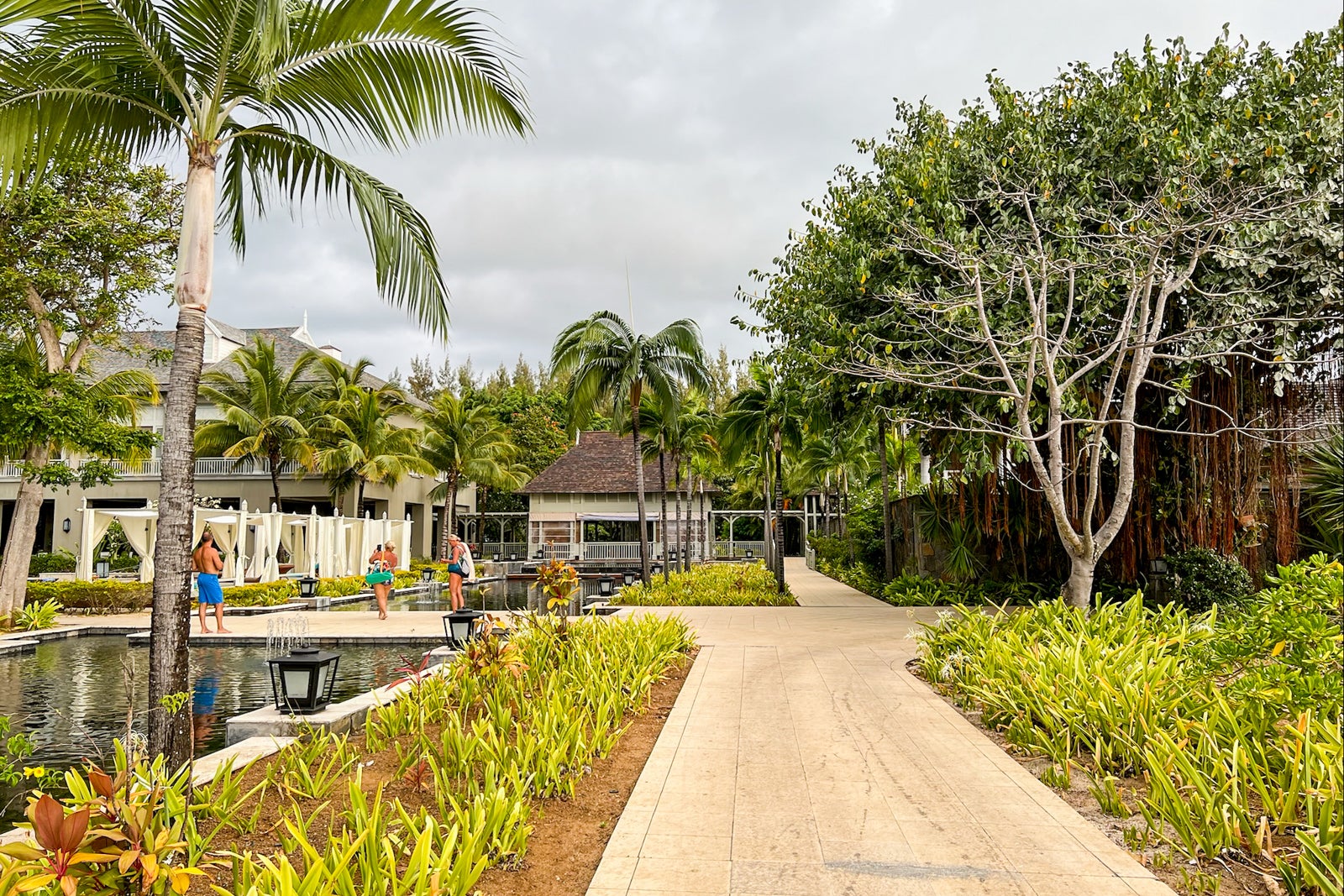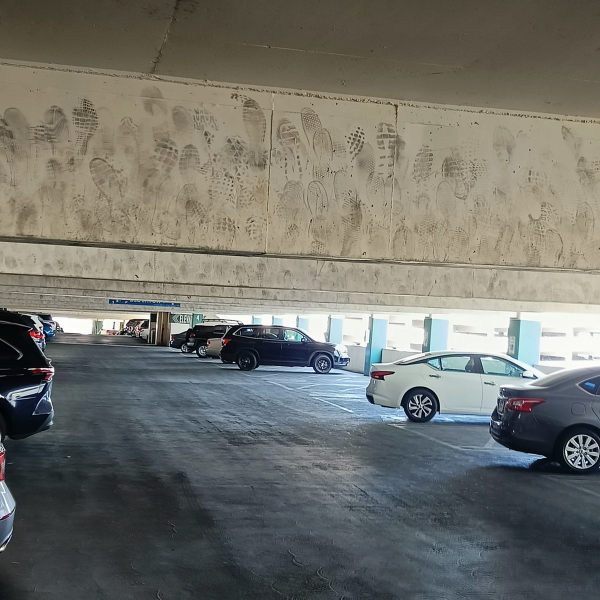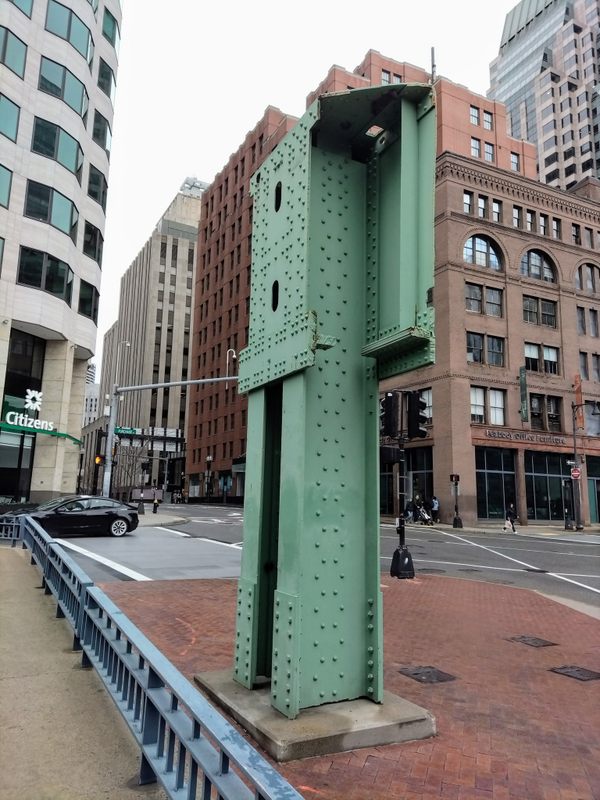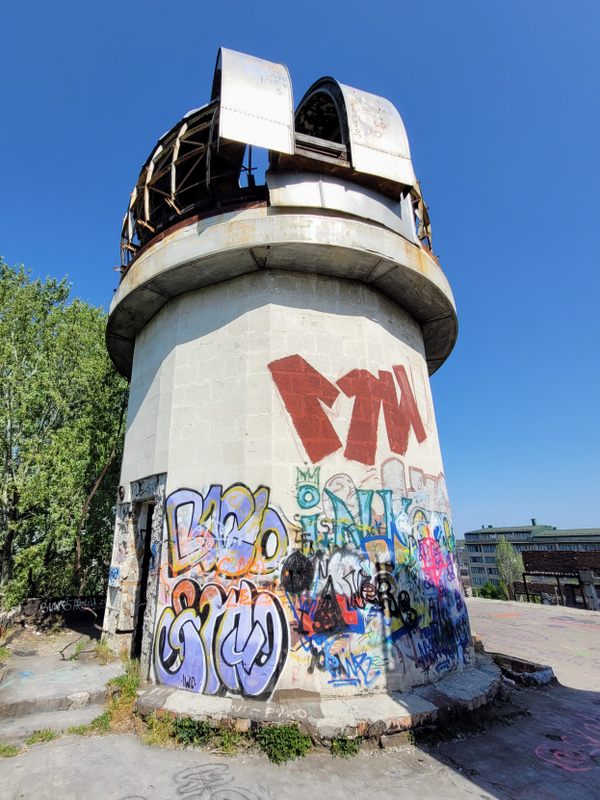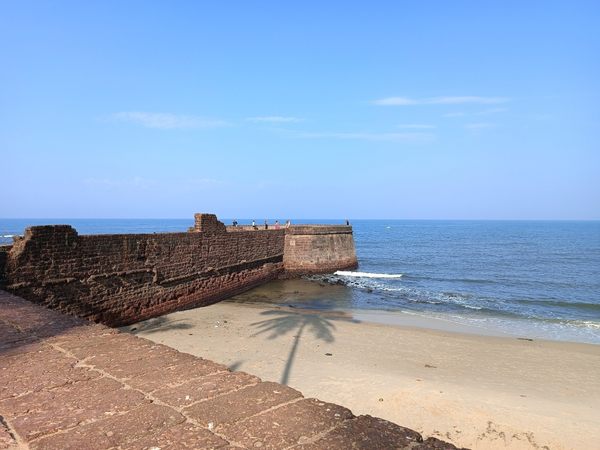Black Rocks of Pungo Andongo in Pungo Andongo, Angola
In the flat savannah of inland Angola, one is bound to notice the giant black monoliths interrupting it, some as high as 200 meters. These intrusive rocks are the remnants of cooled magma that has eroded over millions of years. There are also sedimentary rocks formed by ancient deposits of sand and smaller rocks. Locals have created their own legends regarding the rocks and their various shapes, many of which are said to look like animals. Some footprints left around the rocks are said to belong to Queen Nzinga of Ndongo, famous for her defiance against Portuguese colonizers. This story makes a little sense, as the village of Pungo Andongo was once the capital of the Ndongo kingdom. Here was an opportune location, as the settlement is naturally fortified by the giant black rocks, providing an obstacle to enemies. Unfortunately, this did not stop Portugal from successfully capturing Pungo Andongo after a nine-month siege in 1671. The new rulers then built their own manmade fort here, whose ruins are still in the town.


In the flat savannah of inland Angola, one is bound to notice the giant black monoliths interrupting it, some as high as 200 meters. These intrusive rocks are the remnants of cooled magma that has eroded over millions of years. There are also sedimentary rocks formed by ancient deposits of sand and smaller rocks. Locals have created their own legends regarding the rocks and their various shapes, many of which are said to look like animals. Some footprints left around the rocks are said to belong to Queen Nzinga of Ndongo, famous for her defiance against Portuguese colonizers.
This story makes a little sense, as the village of Pungo Andongo was once the capital of the Ndongo kingdom. Here was an opportune location, as the settlement is naturally fortified by the giant black rocks, providing an obstacle to enemies. Unfortunately, this did not stop Portugal from successfully capturing Pungo Andongo after a nine-month siege in 1671. The new rulers then built their own manmade fort here, whose ruins are still in the town.


